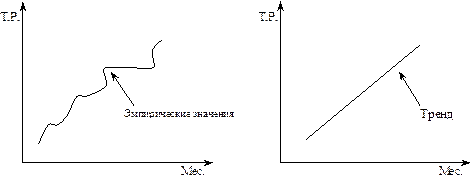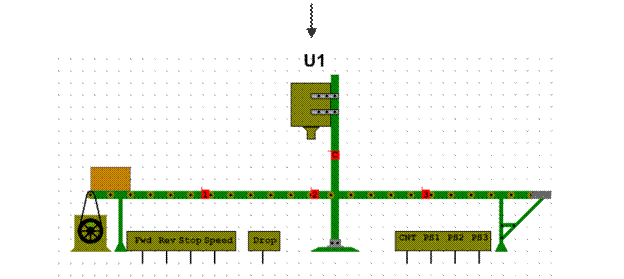Schooling. Great Britain does not have a written constitution, so there are no constitutional provisions for education
Great Britain does not have a written constitution, so there are no constitutional provisions for education. The system of education is determined by the National Education Acts1. Schools in England are supported from public funds paid to the local education authorities. These local education authorities are responsible for organizing the schools in their areas. Let's outline the basic features of public education in Britain. Firstly, there are wide variations between one part of the country and another. For most educational purposes England and Wales are treated as one unit, though the system in Wales is a little different from that of England. Scotland and Northern Ireland have their own education systems. Secondly, education in Britain mirrors the country's social system: it is class-divided and selective. The first division is between those who pay and those who do not pay. The majority of schools in Britain are supported by public funds and the education provided is free. They are maintained schools, but there is also a considerable number of public schools. Parents have to pay fees to send their children to these schools. The fees are high. As a matter of fact, only very rich families can send their children to public schools. In some parts of Britian they still keep the old system of grammar schools, which are selective. But most secondary schools in Britain which are called comprehensive schools are not selective — you don't have to pass an exam to go there. Another important feature of schooling in Britain is the variety of opportunities offered to schoolchildren. The English school syllabus is divided into Arts (or Humanities) and Sciences, which determine the division of the secondary school pupils into study groups: a Science pupil will study Chemistry, Physics, Mathematics (Maths), Economics, Technical Drawing, Biology, Geography; an Art pupil will do English Language and Literature, History, foreign languages, Music, Art, Drama. Besides these subjects they must do some general education subjects like Physical Education (PE), Home Economics for girls, and Technical subjects for boys, General Science. Computers play an important part in education. The system of options exists in all kinds of secondary schools. The National Education Act of 1944 provided three stages of education: primary, secondary and further education. Compulsory schooling in England and Wales lasts 11 years, from the age of 5 to 16. British schools usually have prayers and religious instruction. The National Curriculum which was introduced in 1988 sets out in detail the subjects that children should study and the levels of achievement they should reach by the ages of 7, 11, 14, and 16, when they are tested. Until that year headmasters and headmistresses of schools were given a great deal of freedom in deciding what subjects to teach and how to do it in their schools so that there was really no central control at all over individual schools. The National Curriculum does not apply in Scotland, where each school decides what subjects it will teach. After the age of 16 a growing number of school students are staying on at school, some until 18 or 19, the age of entry into higher education in universities, Polytechnics or colleges. Schools in Britain provide careers guidance. A specially trained person called careers advisor, or careers officer helps school students to decide what job they want to do and how they can achieve it. University British university courses are rather short, generally lasting for 3 years. The cost of education depends on the college or university and speciality which one chooses.
|




